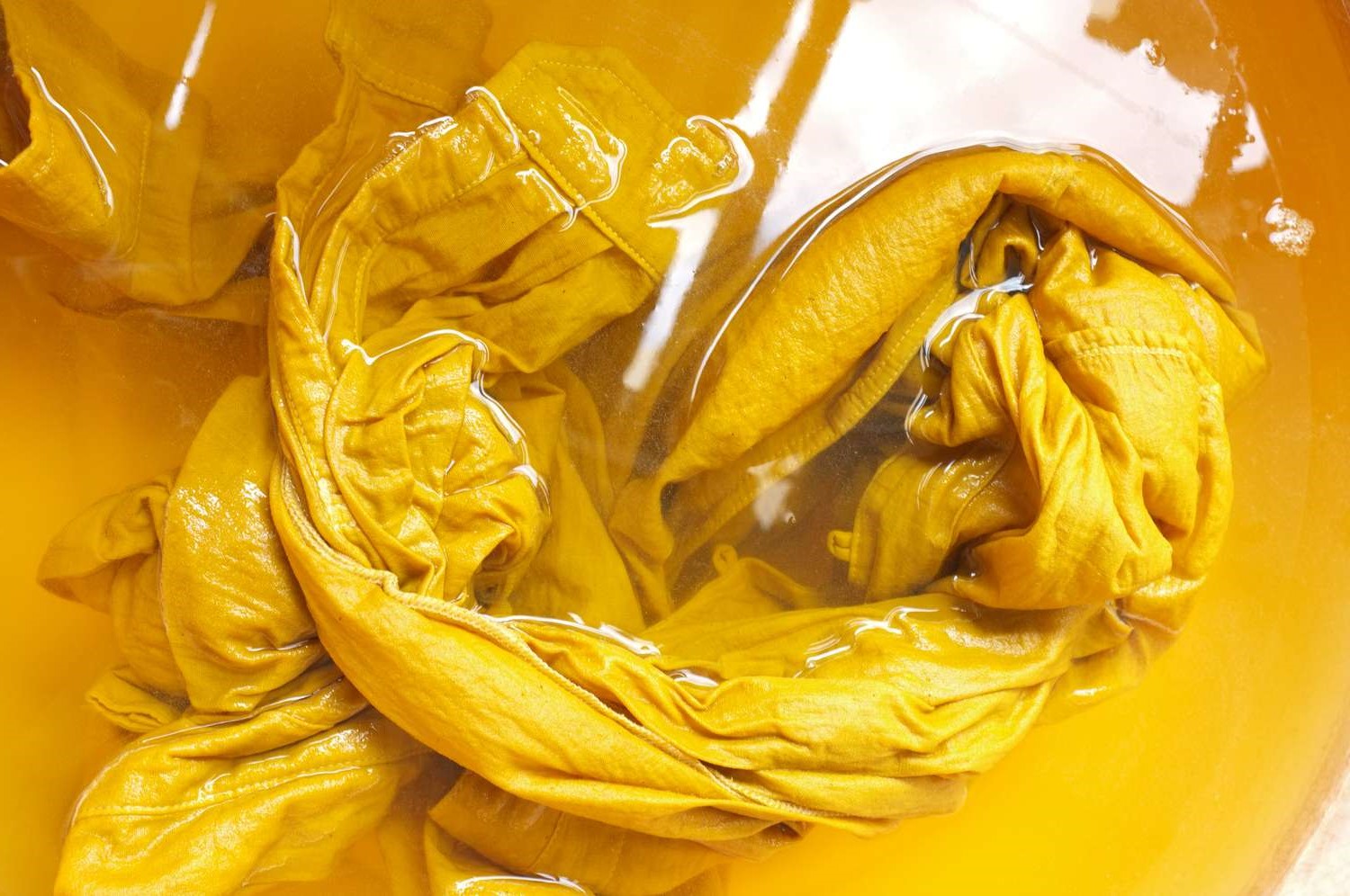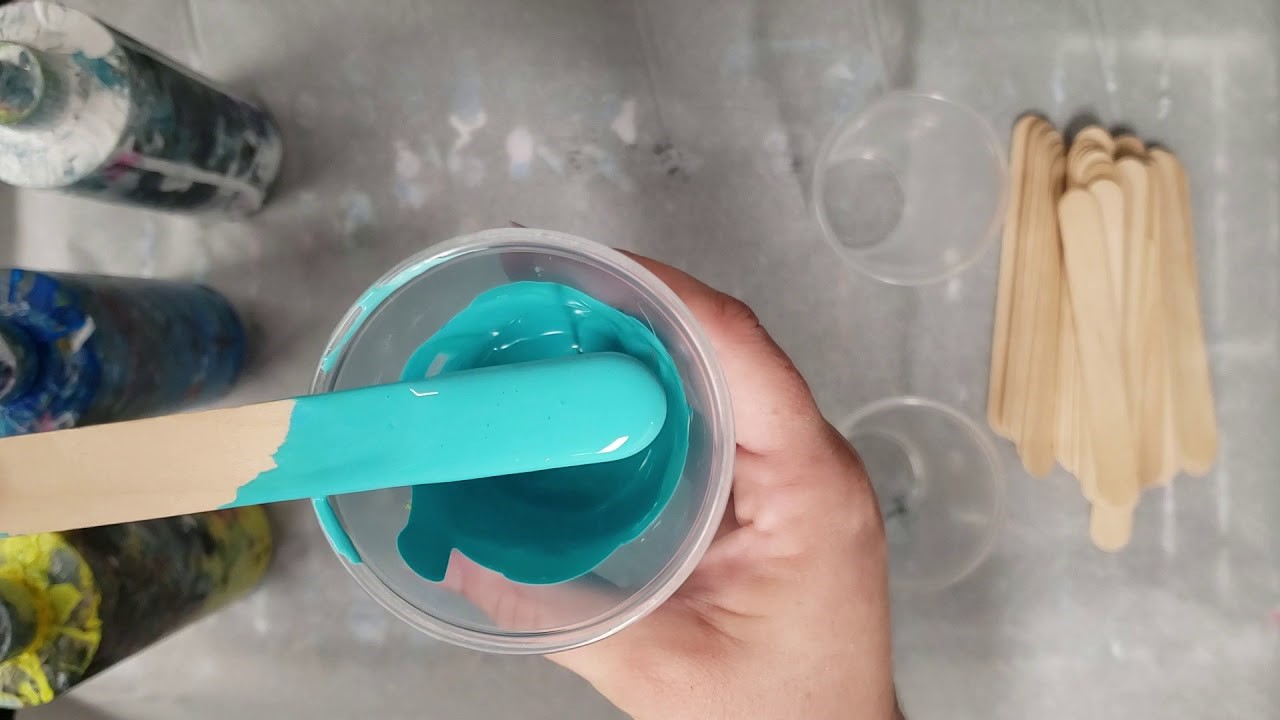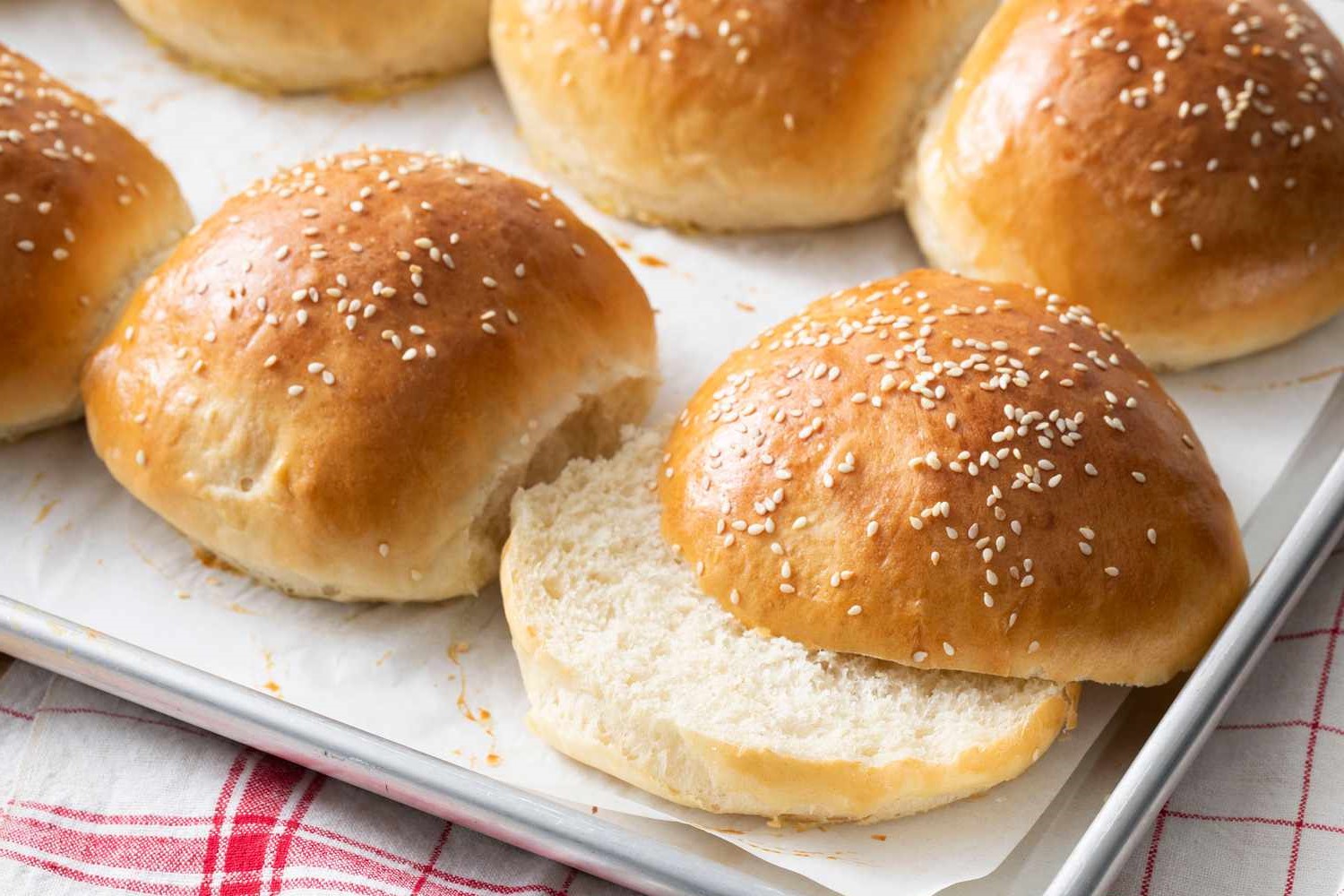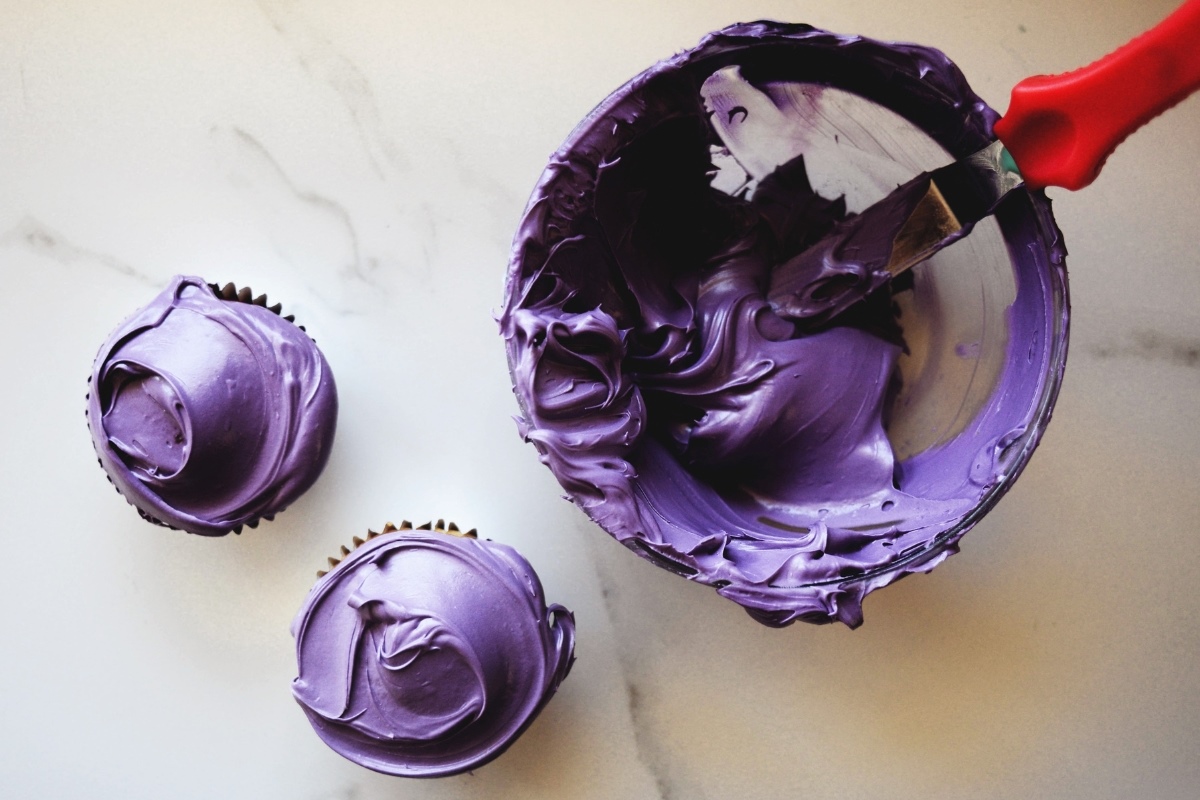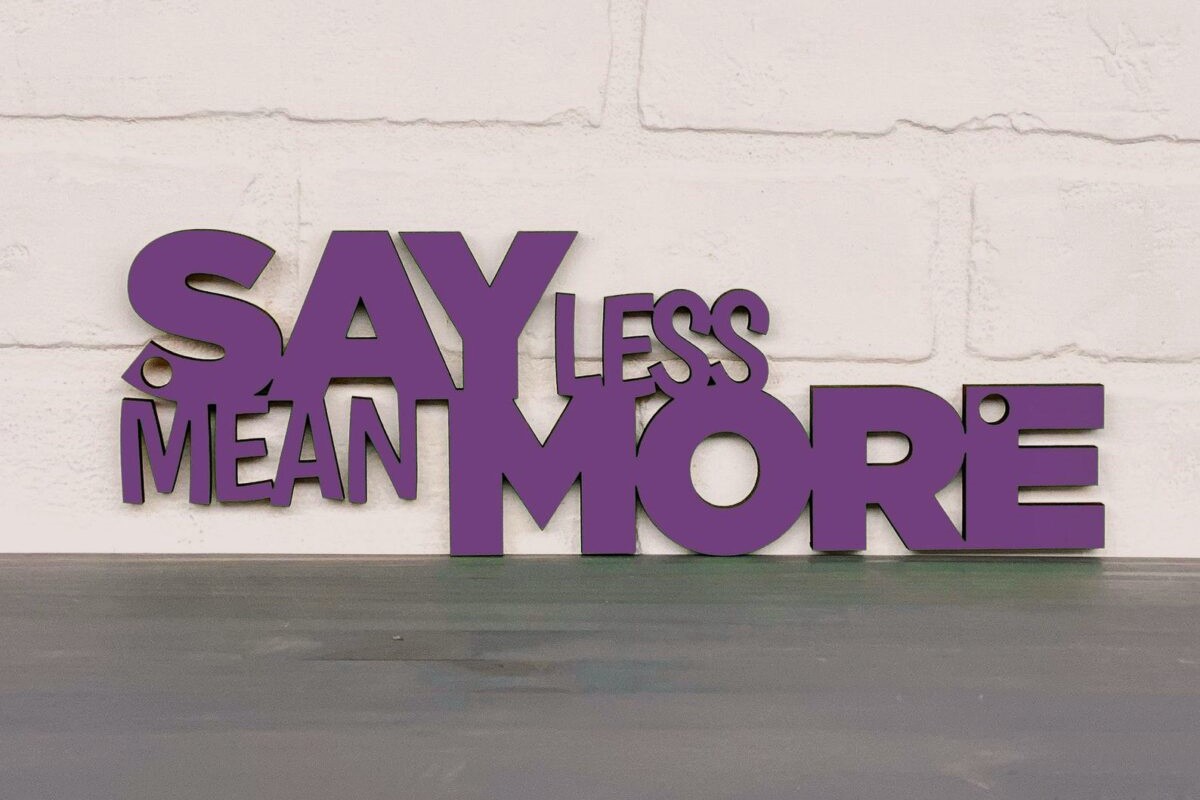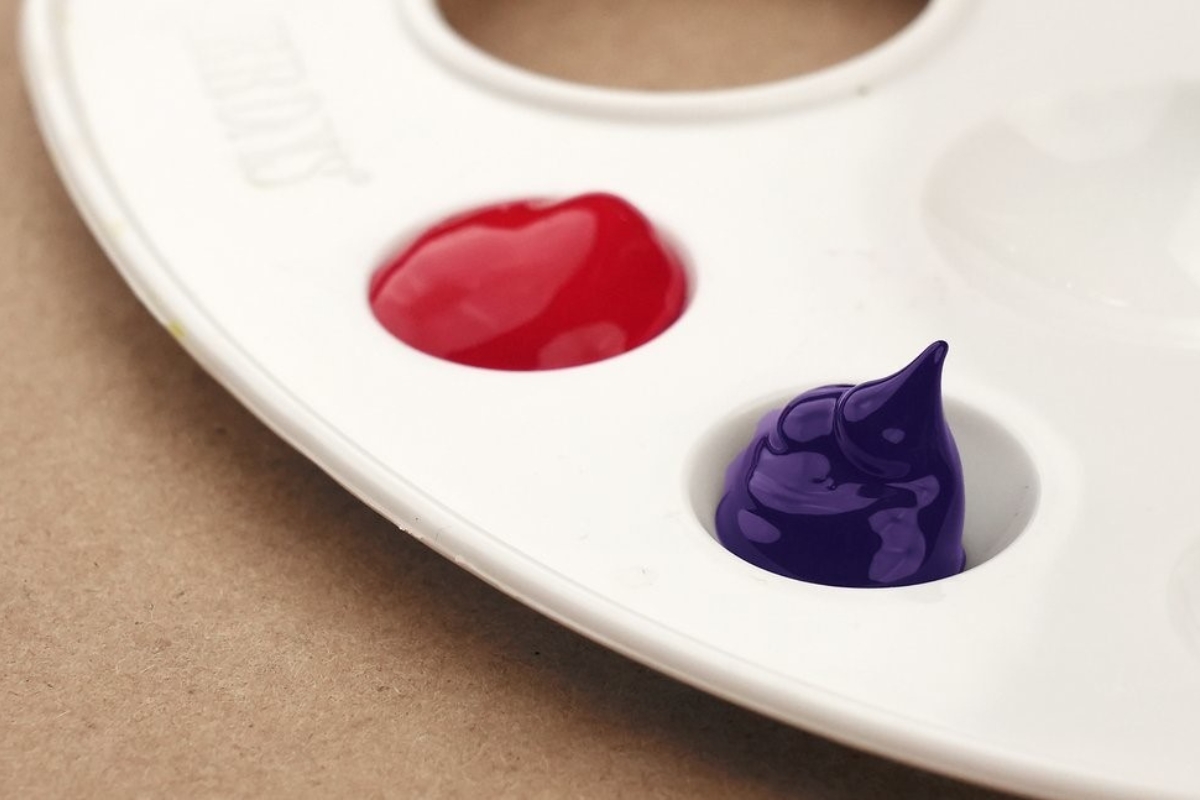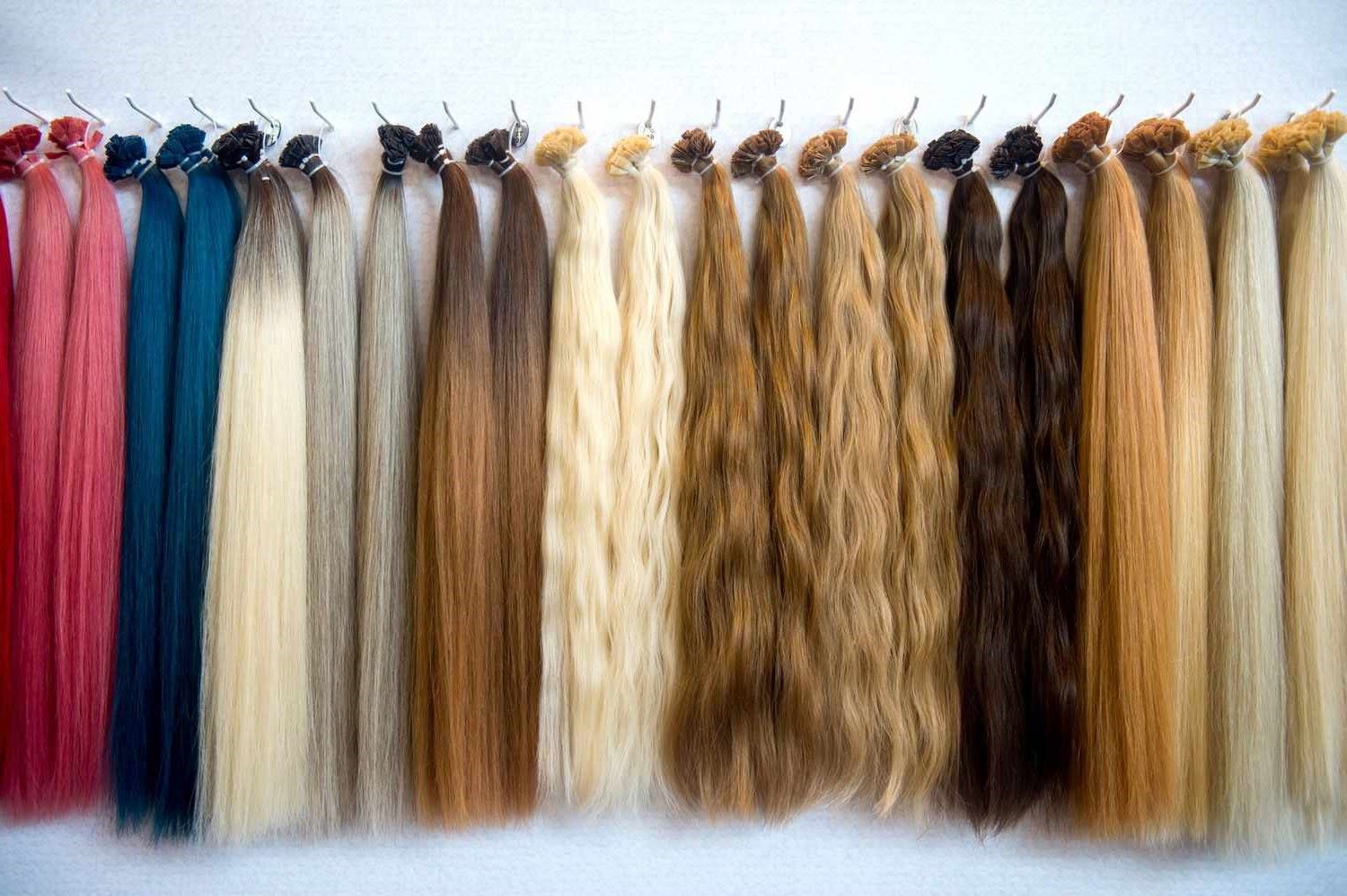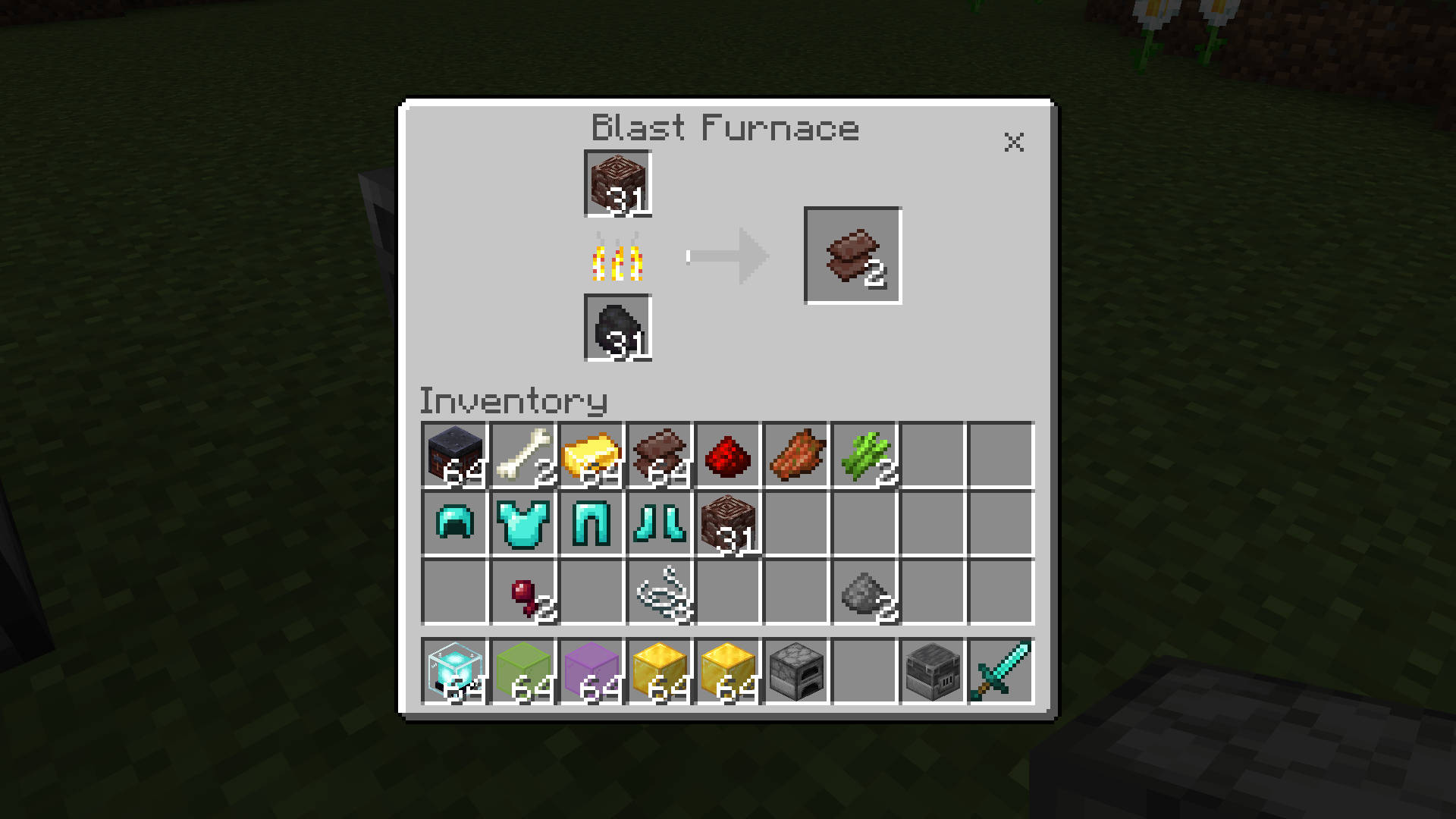Home>Home and Garden>How To Make Slime Less Sticky
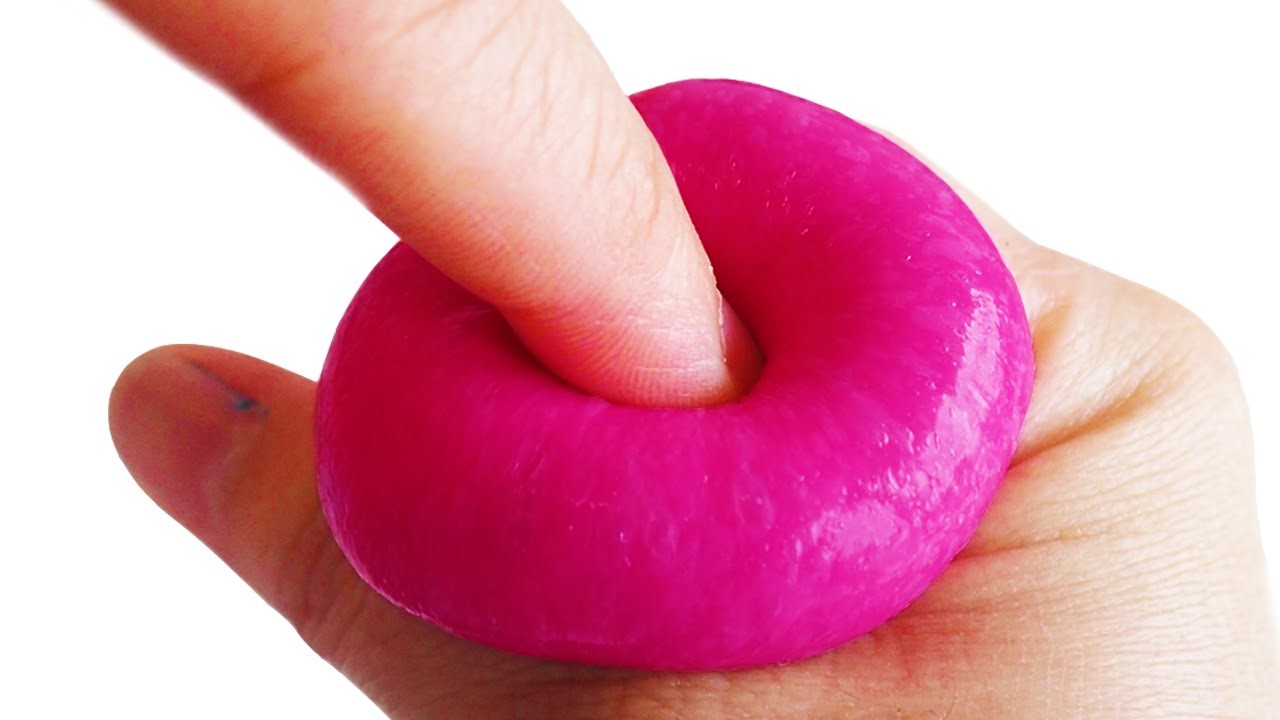

Home and Garden
How To Make Slime Less Sticky
Published: March 3, 2024
Learn how to make slime less sticky with simple home and garden ingredients. Follow our easy tips for perfect, non-sticky slime every time!
(Many of the links in this article redirect to a specific reviewed product. Your purchase of these products through affiliate links helps to generate commission for Noodls.com, at no extra cost. Learn more)
Table of Contents
Introduction
Slime has become a popular and entertaining DIY project for kids and adults alike. Its gooey, stretchy texture and vibrant colors make it a fascinating sensory experience. However, one common issue that many slime enthusiasts encounter is stickiness. When slime is excessively sticky, it can be less enjoyable to play with and may leave residue on hands and surfaces. Fortunately, there are several effective methods to make slime less sticky, allowing you to fully enjoy the sensory delight of this playful creation.
In this comprehensive guide, we will explore various techniques to address the stickiness of slime. From understanding the key ingredients to adjusting ratios and incorporating alternative materials, we will delve into practical solutions to transform overly sticky slime into a more enjoyable and manageable consistency. Whether you are a seasoned slime enthusiast or a beginner eager to experiment with this fascinating concoction, this guide will equip you with the knowledge and techniques to create the perfect non-sticky slime.
Let's embark on this slime-transforming journey, where we will unravel the secrets to achieving the ideal slime texture that is both captivating and mess-free. Whether you are seeking to salvage a sticky batch of slime or aiming to prevent stickiness in future creations, the following insights and strategies will empower you to master the art of creating delightfully non-sticky slime.
Read more: How To Make Slime Without Activator
Understanding the Ingredients
To effectively address the stickiness of slime, it is crucial to gain a comprehensive understanding of the key ingredients involved in its creation. By familiarizing ourselves with the properties and roles of these components, we can strategically manipulate them to achieve the desired consistency.
Glue
The primary ingredient in most slime recipes is glue, which serves as the base for the concoction. White school glue, clear glue, and glitter glue are commonly used variations. Glue contains polyvinyl acetate, a polymer that forms the stretchy and adhesive properties of slime. When selecting glue for your slime, it is essential to consider the desired texture and transparency, as different types of glue can yield varying results.
Activator
Activators, such as borax solution, liquid starch, or saline solution, play a crucial role in transforming the glue into slime. These activators initiate a chemical reaction with the glue, causing the polymers to cross-link and create the characteristic stretchy and malleable texture of slime. The amount of activator used significantly impacts the stickiness of the slime, making it a key factor in achieving the desired consistency.
Water
Water is often added to the slime mixture to facilitate the blending of the glue and activator. The amount of water used can influence the stickiness of the slime, as it affects the overall moisture content and the interaction between the glue and activator.
Read more: How To Make Slime Activator At Home
Additives
Additional ingredients, such as food coloring, glitter, or scent enhancers, can be incorporated to customize the appearance and sensory experience of the slime. While these additives do not directly contribute to the stickiness of the slime, they can impact its overall texture and playability.
By comprehensively understanding the properties and functions of these fundamental ingredients, we can strategically manipulate their proportions and interactions to effectively address the stickiness of slime. The subsequent sections will delve into specific techniques and adjustments that leverage this understanding to achieve non-sticky and enjoyable slime.
Adjusting the Ratios
One of the most effective methods to combat the stickiness of slime is by adjusting the ratios of the key ingredients. The proportions of glue, activator, and water significantly influence the texture and consistency of the slime, making them pivotal factors in addressing stickiness.
Glue-to-Activator Ratio
The balance between the amount of glue and activator used in the slime mixture is crucial in determining its stickiness. If the slime is excessively sticky, it may indicate an insufficient amount of activator relative to the glue. In such cases, gradually adding small increments of the activator while continuously kneading the slime can help reduce stickiness. This process allows the activator to further cross-link the polymers in the glue, enhancing its cohesive properties and reducing stickiness.
Conversely, if the slime is too stiff or rubbery, it may indicate an excess of activator. In this scenario, incorporating additional glue in small increments and thoroughly mixing it into the existing mixture can help restore a more balanced and less sticky consistency.
Water Content
The amount of water added to the slime mixture can also impact its stickiness. Excessive moisture can contribute to stickiness, as it may hinder the cross-linking of the polymers in the glue. If the slime is overly sticky due to high water content, gradually incorporating small amounts of additional glue and activator while kneading the slime can help rebalance the moisture levels and reduce stickiness.
On the other hand, if the slime is too firm and less stretchy, it may indicate a lower water content. In such cases, adding small quantities of water and thoroughly blending it into the slime can enhance its pliability and reduce stickiness by optimizing the moisture levels.
By strategically adjusting the ratios of glue, activator, and water, we can effectively modulate the consistency of the slime to achieve the desired non-sticky texture. This method empowers slime enthusiasts to fine-tune their creations and overcome stickiness, ensuring an enjoyable and satisfying sensory experience with every batch of slime.
Read more: How To Wash Sticky Bras
Adding More Activator
When faced with excessively sticky slime, adding more activator can be a highly effective strategy to restore the desired consistency. The activator, whether it's a borax solution, liquid starch, or saline solution, plays a pivotal role in transforming the glue into the stretchy and malleable texture characteristic of slime. By understanding how to strategically incorporate additional activator, we can effectively mitigate stickiness and rejuvenate the slime.
To begin the process of adding more activator, it's essential to approach this adjustment gradually. Start by kneading the sticky slime thoroughly to assess the level of stickiness. Then, in small increments, apply the chosen activator directly onto the surface of the slime. As you knead the slime, the added activator will begin to interact with the glue, initiating the cross-linking of polymers and reducing stickiness.
It's important to exercise patience during this process, as the impact of the added activator may not be immediately apparent. By gradually incorporating small amounts of activator and continuously kneading the slime, you allow the activator to penetrate the mixture and effectively bind with the glue, thereby reducing stickiness.
As you observe the texture and consistency of the slime evolving, continue to add small increments of activator as needed, ensuring thorough kneading between each addition. This incremental approach allows for precise control over the reduction of stickiness, preventing over-activation and maintaining the desired stretchy and pliable qualities of the slime.
By strategically adding more activator and meticulously kneading the slime, you can effectively counteract stickiness and restore the optimal texture of the slime. This method empowers slime enthusiasts to salvage sticky batches and fine-tune the consistency of their creations, ensuring a delightful and mess-free sensory experience.
Incorporating additional activator to address stickiness is a valuable technique that showcases the versatility and adaptability of slime-making. With patience and precision, this method enables enthusiasts to transform sticky slime into a non-sticky, enjoyable concoction, reaffirming the allure and creativity of this beloved DIY activity.
Using Different Types of Glue
Exploring the use of different types of glue presents a compelling approach to addressing the stickiness of slime. The choice of glue significantly influences the texture, transparency, and adhesive properties of the slime, offering a versatile canvas for customizing the sensory experience. By understanding the distinct characteristics of various glues, slime enthusiasts can strategically leverage their unique properties to achieve the desired non-sticky consistency.
White School Glue
White school glue, a popular choice for slime-making, is known for its opaque appearance and versatile application. When combating stickiness, adjusting the ratio of white school glue to the activator can effectively modulate the texture of the slime. If the slime is excessively sticky, incorporating additional white school glue in small increments while kneading the mixture can enhance its cohesion and reduce stickiness. The gradual integration of the glue allows for precise control over the consistency, ensuring a non-sticky and enjoyable outcome.
Clear Glue
Clear glue offers a transparent base for slime, allowing for vibrant coloration and captivating visual effects. When addressing stickiness in slime made with clear glue, adjusting the ratio of activator to glue can play a pivotal role in achieving the desired texture. If the slime exhibits excessive stickiness, gradually adding small increments of the activator while kneading the mixture can effectively reduce stickiness and restore the optimal consistency. The transparent nature of clear glue enables enthusiasts to observe the gradual transformation of the slime as it evolves into a non-sticky and visually appealing creation.
Read more: How To Get Slime Out Of Carpet
Glitter Glue
Glitter glue infuses sparkle and shimmer into slime, elevating its visual allure and tactile appeal. When dealing with sticky glitter glue slime, strategic adjustments to the ratio of activator and glue can mitigate stickiness and enhance the overall texture. By gradually incorporating additional activator while kneading the glitter glue slime, enthusiasts can effectively reduce stickiness and preserve the captivating glittery properties. This method allows for precise control over the consistency, ensuring that the slime remains non-sticky while retaining its dazzling visual charm.
By strategically utilizing different types of glue and adjusting their ratios in conjunction with the activator, slime enthusiasts can effectively combat stickiness and achieve the desired non-sticky texture. This approach showcases the adaptability and creativity inherent in slime-making, empowering enthusiasts to craft captivating and enjoyable sensory experiences with diverse variations of non-sticky slime.
Incorporating Cornstarch or Baby Powder
In the quest to combat the stickiness of slime, incorporating cornstarch or baby powder presents a versatile and effective strategy. These powdery additives possess unique properties that can significantly impact the texture and consistency of slime, offering a practical solution to transform sticky slime into a non-sticky and enjoyable sensory delight.
Cornstarch
Cornstarch, a fine powdery substance derived from corn kernels, serves as an excellent agent for reducing stickiness in slime. When incorporated into the slime mixture, cornstarch acts as an absorbent, effectively absorbing excess moisture and enhancing the cohesion of the slime. To integrate cornstarch into sticky slime, enthusiasts can gradually sprinkle small amounts of cornstarch onto the surface of the slime while gently kneading it. As the cornstarch disperses and blends with the slime, it absorbs moisture and contributes to the reduction of stickiness, resulting in a smoother and more manageable texture. This method allows for precise control over the adjustment of the slime's consistency, empowering enthusiasts to achieve the desired non-sticky outcome.
Baby Powder
Similarly, baby powder, renowned for its absorbent and silky properties, offers a compelling solution for addressing stickiness in slime. By incorporating baby powder into the sticky slime, enthusiasts can effectively reduce stickiness while imparting a soft and velvety feel to the texture. To integrate baby powder, simply sprinkle a small amount onto the surface of the slime and gently knead it to allow for thorough blending. As the baby powder disperses within the slime, it absorbs excess moisture and contributes to the reduction of stickiness, resulting in a more pliable and enjoyable sensory experience. This method enables enthusiasts to fine-tune the texture of the slime, ensuring that it remains non-sticky and inviting for play.
By strategically incorporating cornstarch or baby powder into sticky slime, enthusiasts can effectively mitigate stickiness and achieve the desired non-sticky texture. These powdery additives offer a practical and versatile approach to slime-making, showcasing the adaptability and creativity inherent in addressing texture-related challenges. With the ability to precisely modulate the consistency of the slime, enthusiasts can confidently transform sticky batches into non-sticky and captivating creations, reaffirming the allure and enjoyment of this beloved DIY activity.
Read more: How To Get Slime Out Of Hair
Conclusion
In the realm of slime-making, the quest to achieve the perfect non-sticky texture is a pursuit fueled by creativity, experimentation, and a deep understanding of the fundamental ingredients and their interactions. Throughout this comprehensive guide, we have delved into various techniques and strategies to address the stickiness of slime, empowering enthusiasts to transform their creations into captivating and enjoyable sensory experiences.
By comprehensively understanding the properties and roles of the key ingredients, including glue, activator, and water, slime enthusiasts gain valuable insights into the foundational elements that shape the texture and consistency of their concoctions. This understanding serves as a cornerstone for strategically adjusting the ratios of these ingredients, allowing for precise control over the texture and mitigating stickiness effectively.
The exploration of different types of glue, such as white school glue, clear glue, and glitter glue, has unveiled the versatility and adaptability inherent in slime-making. By strategically leveraging the unique properties of each type of glue and adjusting their ratios in conjunction with the activator, enthusiasts can tailor the texture of their slime to achieve the desired non-sticky outcome, while also infusing visual allure and tactile appeal.
Furthermore, the incorporation of cornstarch or baby powder has emerged as a practical and versatile strategy for reducing stickiness in slime. These powdery additives offer an absorbent solution, effectively mitigating excess moisture and enhancing the cohesion of the slime. By integrating cornstarch or baby powder into sticky slime, enthusiasts can fine-tune the texture, ensuring a smooth and inviting sensory experience.
As we conclude this exploration of making slime less sticky, it is evident that the art of slime-making transcends the boundaries of a simple DIY project. It embodies a fusion of scientific principles, creative expression, and sensory exploration, offering a dynamic and engaging experience for enthusiasts of all ages. The techniques and strategies presented in this guide serve as a testament to the adaptability and ingenuity inherent in addressing texture-related challenges, reaffirming the allure and enjoyment of this beloved DIY activity.
With a deep understanding of the ingredients, strategic adjustments to ratios, and the incorporation of alternative materials, enthusiasts are equipped with the knowledge and techniques to create the perfect non-sticky slime. This journey of transformation empowers slime enthusiasts to craft captivating and enjoyable sensory experiences, ensuring that every batch of slime is a delightful and mess-free creation.
In the realm of slime-making, the pursuit of non-sticky perfection is not merely a quest for tactile satisfaction; it is a testament to the boundless creativity and ingenuity that define the enchanting world of DIY slime.


